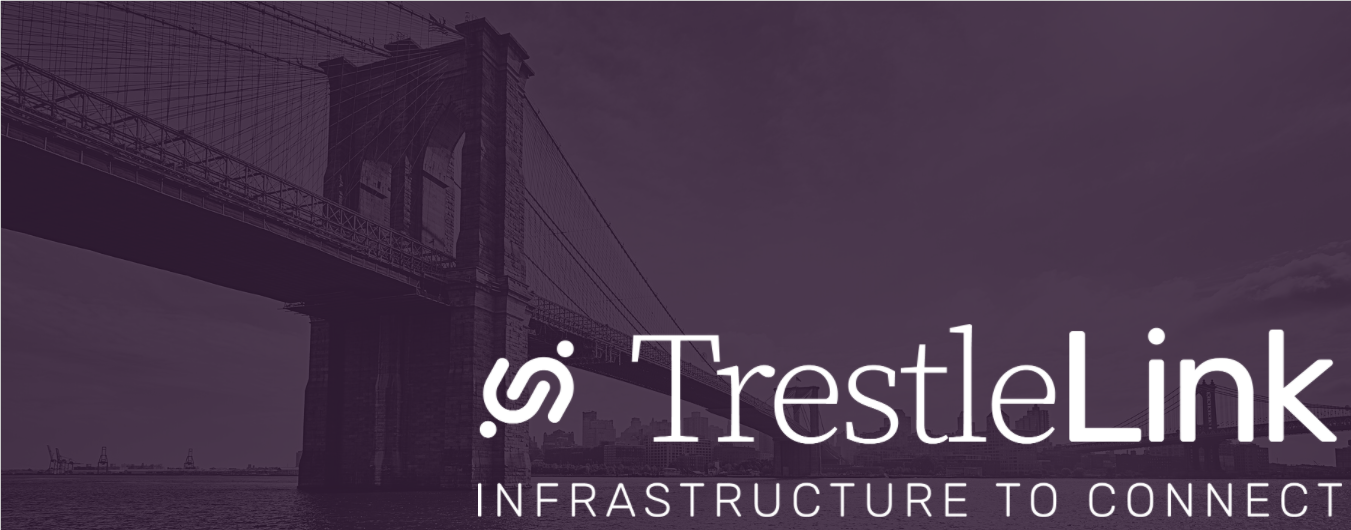What Inspired the Launch of TrestleLink?
Published May 12, 2025

From Lab to Law: How Do We Get Research Used by Policymakers?
Ever felt like valuable research findings sometimes stay stuck in academic journals instead of making their way into the halls of government? You’re not alone. It’s a big question: how can we effectively bridge the gap between researchers and the policymakers who make decisions that impact all of us?
This challenge was a key inspiration behind the creation of TrestleLink. Focused on bridge-building, our core principles involve being non-partisan, providing an independent research service, and acting as an honest broker rather than advocate for specific political stances. Our goal? To help researchers partner with policymakers to answer timely questions.
So, what sparked the journey?
The Lightbulb Moment: Why Research Needs to Reach Policymakers
The inspiration often comes from a deep belief in the powerful role research can play in society. TrestleLink’s co-founders started wondering exactly this: how can research be more accessible and truly benefit the public? It wasn’t just about learning, but about helping society grow, make cost-effective decisions, and ultimately improve the experience of citizens.
Despite this potential, a key barrier was clear: policymakers often don’t have very much contact directly with researchers. This disconnect means valuable insights might not be available when crucial decisions are being made.
Building the Bridge: The Research-to-Policy Collaboration (RPC)
Recognizing this gap, the inspiration turned into action. This led to the creation of a process called the Research-to-Policy Collaboration (RPC). This model is designed to help researchers connect with policymakers around timely, relevant issues.
The RPC process was first piloted in 2016. Then, it was put to the test in a significant way: in the US Congress from 2018 through 2020.
And the results? An experimental trial found that congressional offices that received support from the RPC model were more likely to use research evidence in their bills. Furthermore, staffers reported greater value of using research whenever they had opportunities to meet with researchers. This demonstrated that providing structured opportunities for interaction and support could achieve measurable research impact.
Expanding the Impact
These successes showed that the approach worked and inspired the replication of these practices in other research organizations. TrestleLink seeks to inspire scholars and policy practitioners to adopt proven practices for transforming the public value of science. Ultimately, our journey has moved from wondering, “how can research benefit public officials?” to replicating effective models that support policy officials’ acquisition and use of high-quality, independent research.
What Inspired the Launch of TrestleLink?
Published May 12, 2025

From Lab to Law: How Do We Get Research Used by Policymakers?
Ever felt like valuable research findings sometimes stay stuck in academic journals instead of making their way into the halls of government? You’re not alone. It’s a big question: how can we effectively bridge the gap between researchers and the policymakers who make decisions that impact all of us?
This challenge was a key inspiration behind the creation of TrestleLink. Focused on bridge-building, our core principles involve being non-partisan, providing an independent research service, and acting as an honest broker rather than advocate for specific political stances. Our goal? To help researchers partner with policymakers to answer timely questions.
So, what sparked the journey?
The Lightbulb Moment: Why Research Needs to Reach Policymakers
The inspiration often comes from a deep belief in the powerful role research can play in society. TrestleLink’s co-founders started wondering exactly this: how can research be more accessible and truly benefit the public? It wasn’t just about learning, but about helping society grow, make cost-effective decisions, and ultimately improve the experience of citizens.
Despite this potential, a key barrier was clear: policymakers often don’t have very much contact directly with researchers. This disconnect means valuable insights might not be available when crucial decisions are being made.
Building the Bridge: The Research-to-Policy Collaboration (RPC)
Recognizing this gap, the inspiration turned into action. This led to the creation of a process called the Research-to-Policy Collaboration (RPC). This model is designed to help researchers connect with policymakers around timely, relevant issues.
The RPC process was first piloted in 2016. Then, it was put to the test in a significant way: in the US Congress from 2018 through 2020.
And the results? An experimental trial found that congressional offices that received support from the RPC model were more likely to use research evidence in their bills. Furthermore, staffers reported greater value of using research whenever they had opportunities to meet with researchers. This demonstrated that providing structured opportunities for interaction and support could achieve measurable research impact.
Expanding the Impact
These successes showed that the approach worked and inspired the replication of these practices in other research organizations. TrestleLink seeks to inspire scholars and policy practitioners to adopt proven practices for transforming the public value of science. Ultimately, our journey has moved from wondering, “how can research benefit public officials?” to replicating effective models that support policy officials’ acquisition and use of high-quality, independent research.